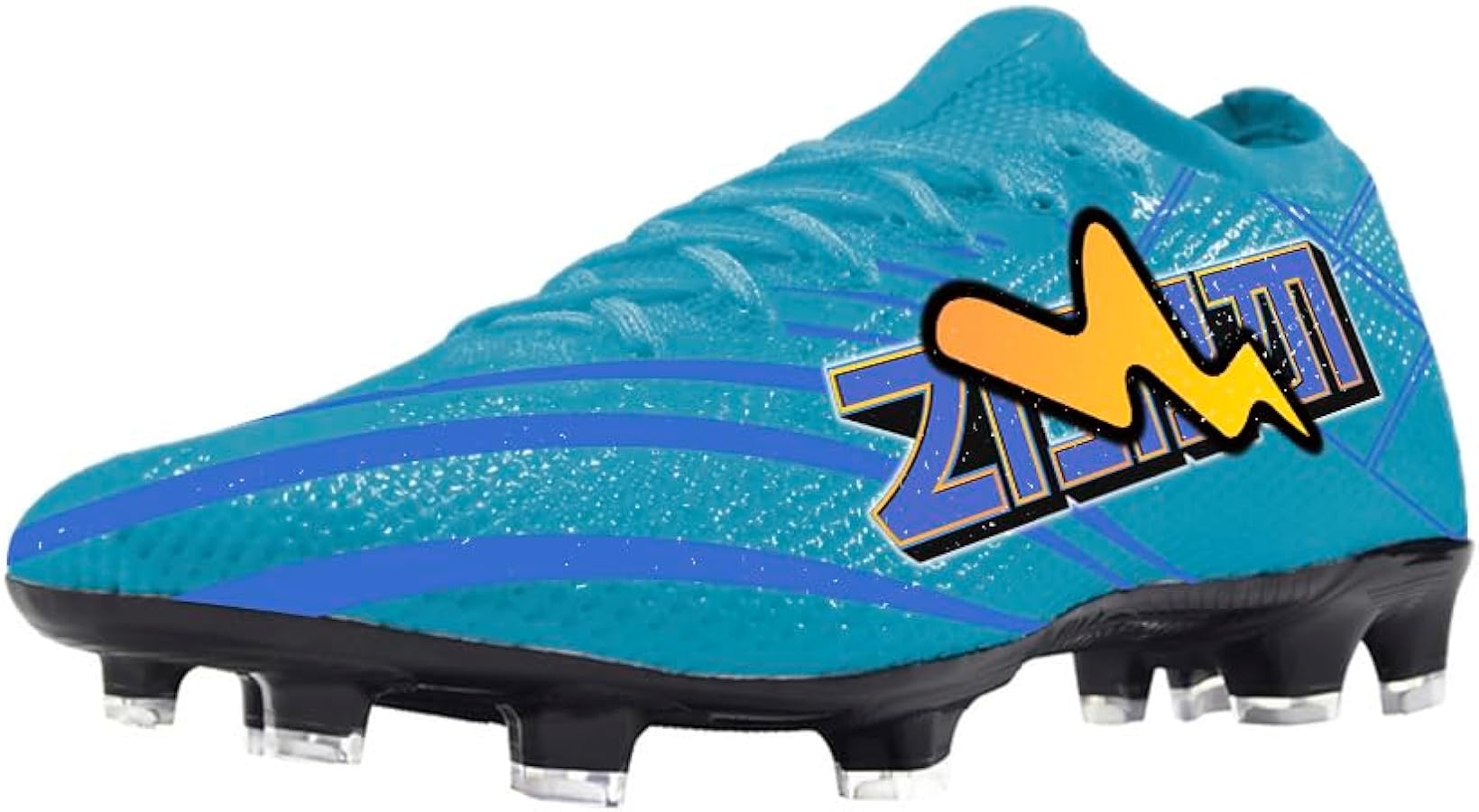Clothing has long been a fundamental part of human culture, serving as a means of protection, expression, and social identity. However, despite its universal necessity, clothing can also be a barrier, creating divisions based on gender, body type, cultural background, and economic status. As society evolves, so too does the conversation around inclusivity in fashion, striving to dismantle these barriers and foster a more inclusive environment.
Gender Norms and Fashion
One of the most significant Barriers Clothing in clothing is the rigid binary classification of fashion into “men’s” and “women’s” sections. Historically, fashion has dictated what is appropriate for each gender, often limiting personal expression and reinforcing stereotypes. Men are typically expected to wear subdued, practical attire, while women are often pushed towards more decorative and form-fitting clothing.
The rise of gender-neutral fashion aims to break these confines, offering clothing that transcends traditional gender boundaries. Designers like Telfar Clemens, founder of the brand Telfar, and Harris Reed, who is known for their fluid, non-binary creations, are at the forefront of this movement. Their designs challenge conventional norms and encourage individuals to dress in a way that feels authentic to their identity, irrespective of societal expectations.
Size Inclusivity
Another significant barrier in clothing is the issue of size inclusivity. For decades, the fashion industry has catered primarily to a narrow range of body types, often excluding those who do not fit within these parameters. This exclusion not only limits access to fashionable clothing but also perpetuates harmful body image standards.
In recent years, there has been a growing demand for size inclusivity in fashion. Brands like Universal Standard and Savage X Fenty are leading the charge by offering a wide range of sizes and showcasing diverse body types in their marketing. The goal is to ensure that everyone, regardless of their size, can find clothing that fits well and makes them feel confident.
Cultural Representation
Cultural appropriation and lack of representation are other critical issues within the fashion industry. Many mainstream fashion brands have been criticized for borrowing elements from various cultures without proper acknowledgment or respect. This practice not only disrespects the original culture but also perpetuates stereotypes and reduces rich traditions to mere trends.
To counter this, there is a growing movement towards cultural representation and appreciation in fashion. Designers like BIPOC (Black, Indigenous, and People of Color) and brands rooted in specific cultural heritages are gaining visibility and support. These designers bring authenticity to their work, providing a platform for underrepresented cultures to share their stories through fashion. By valuing and celebrating cultural diversity, the fashion industry can move towards a more respectful and inclusive future.
Economic Barriers Clothing
Economic disparity also creates significant barriers Hoodie to accessing quality clothing. High fashion is often associated with luxury and exclusivity, leaving many unable to afford it. Meanwhile, the prevalence of fast fashion offers affordable alternatives but at a cost to ethical labor practices and environmental sustainability.
The solution to this dilemma lies in creating a more equitable fashion industry. Some brands are working towards offering affordable, sustainable, and ethically produced clothing. Initiatives like clothing rental services and second-hand marketplaces are also gaining popularity, providing budget-friendly options that are also environmentally conscious. By making sustainable fashion accessible to a broader audience, the industry can reduce economic barriers and promote a more ethical approach to clothing consumption.
The Path Forward
Breaking down the barriers in clothing is an ongoing process that requires the collective effort of designers, brands, and consumers. It involves challenging existing norms, advocating for inclusivity, and supporting initiatives that promote diversity and sustainability.
As consumers, we play a crucial role in this transformation. By supporting brands that prioritize inclusivity, size diversity, cultural representation, and ethical practices, we can drive demand for a more inclusive fashion industry. Additionally, being mindful of our clothing choices and considering the impact of fast fashion can contribute to a more sustainable future.
For designers and brands, the path forward involves listening to diverse voices and incorporating their perspectives into the creative process. This means going beyond tokenism and making genuine efforts to understand and address the needs of all consumers. It also involves committing to ethical practices, from sourcing materials to labor conditions, and striving for transparency in the supply chain.
In conclusion, while clothing has the potential to create barriers, it also holds the power to break them down. By embracing inclusivity and diversity, the fashion industry can become a force for positive change, fostering a world where everyone has the freedom to express themselves authentically and access quality clothing, regardless of their gender, size, culture, or economic status. The journey towards a more inclusive and equitable fashion industry is far from over, but with continued effort and commitment, it is a future within reach.



